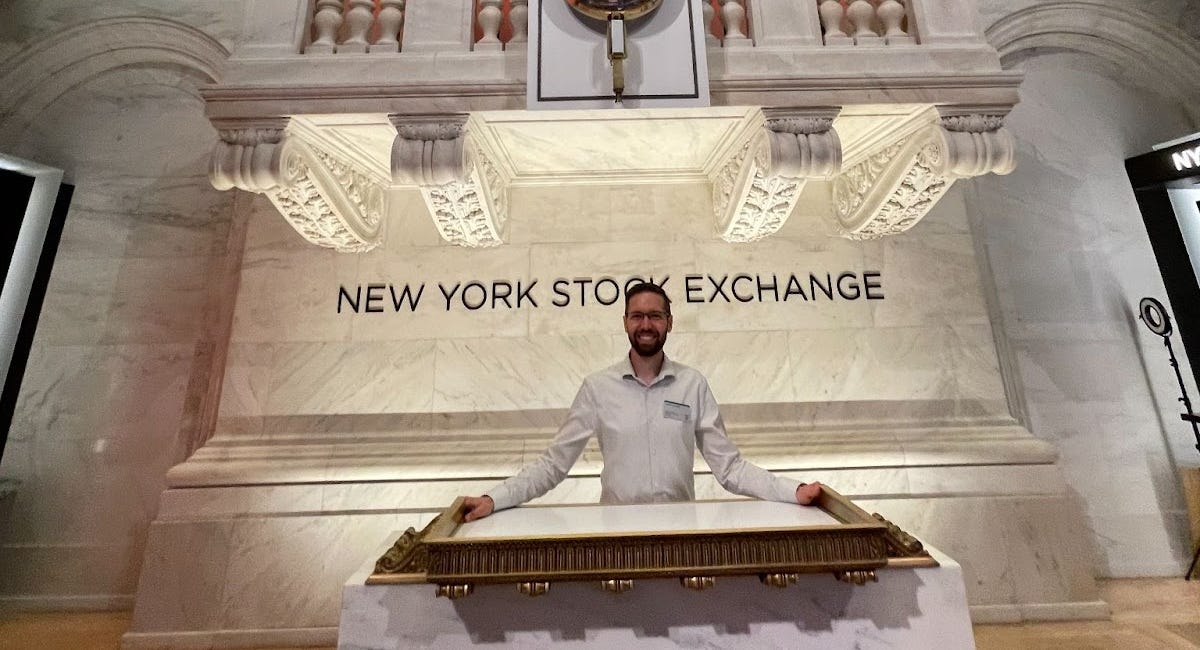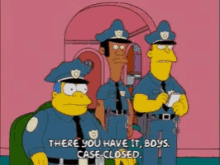My 3 Most Intense Work Situations
A Work Affair Uncovered, 100-Hour Workweeks, and Damaged Grills + Lessons Learned from Each
A Work Affair Uncovered
I was sitting at my desk and I heard yelling. Not arguing yelling, like fighting-for-your-life yelling. It was coming from the floor below me. Suddenly I heard it moving, and it went to the parking lot where some of us crowded around a window and watched two guys storming around. One drove off, the other I recognized as a coworker.
There was a lot of speculation as to what happened, and it was impossible to work after that. Within an hour there was a meeting called for the whole company.
It turns out that two coworkers had been having an affair - let’s call them Jim and Sally. They had been discovered that morning, Sally’s husband was called, and he came to confront Jim. Those were the two yelling.
The company announced that Jim and Sally were let go effective immediately. Then for a surprise announcement - another two coworkers, who were already on performance reviews, were also let go. I had worked with all four of them. That was a weird day at work. There were those four empty offices and lots of unanswered questions.
This taught me two very important lessons. First, never ever ever ever have a work romantic relationship. It’s a slippery slope if you spend a lot of time with a coworker, start flirting, and find yourself in situations where that relationship becomes something more. It’s not worth it. At best it’s a distraction that will affect your performance. At worst it will lead to you losing your job, getting in a fight, and ending your marriage.
Secondly, the leadership team acted quickly and effectively. Those two should have been let go. You can’t have an affair at work. I struggled to understand why the other two were let go that same morning, but later understood that the leadership just decided to rip the bandaid off and have one really weird day versus two. Looking back I agree with this decision. Don’t delay the inevitable.
100 Hour Workweeks
My second job was working at a prestigious advertising agency. I moved my family to work on accounts like What Happens Here, Stays Here (Las Vegas), MGM Resorts, and some very large nonprofits. It was exciting, fast paced, and I was learning a lot.
Then we started getting ready for the planning season, where we planned the marketing for MGM Resorts for the next year. These are massive budgets. The resorts include Bellagio, MGM Grand, Mandalay Bay, The Mirage, Luxor, Excalibur, New York-New York, Park MGM, and Aria. They have about 14 million occupied nights combined in those resorts per year.
As I started to work on their marketing plans, my time at work kept ticking up. 70 hours, 80 hours, 90 hours, and then right before our final presentations I worked two 100-hour workweeks. I know since I tracked my time for the agency. These are real hours worked, not eating lunch, commuting, or anything else.
Anyone who has worked that many hours understands how oppressive, lonely, and tiring it can be. Whenever I have to work late in my current job, my first thoughts are that at least it’s not every day like it was back then. You lose a sense of yourself. You don’t have time for basic needs - I remember my fingernails grew long because I simply didn’t have time to cut them. I remember working all night on a plan, only to have the client ask for all sorts of new requirements the next day and having to go back to the drawing board.
My main lesson learned during this time was to come into a job with proper expectations. There were no shortcuts in this process - every year the team would work like this. I should have asked before taking the job. I should have asked for help before the planning season started. And most importantly, I should have really scoped expectations with the client and my bosses. Since then every project I work on has a clear outline, timeline, and expected outcomes. Besides one other time in my career (see below), I haven’t had to work this many hours because I set proper expectations.
The Unwritten Guide to Taking a Company Public: Behind the Scenes of Traeger's IPO
I had always wanted to take a company public. I imagined the glory of ringing the bell, being surrounded by my battle born coworkers, and becoming rich. The reality is those are things that happen, but the path there is long.
The Grill Damage Mystery
One of my favorite and most stressful parts of my job at Traeger Grills was running their beta testing program. This was an enviable position since I defined what we would test, sent out hundreds of grills, and collected feedback from testers. Everyone wanted to be a tester. And everyone in the company was deeply invested in the feedback.
Every day I would compile a report of the findings from the last day of testing. It was usually great news - people cooking amazing food, the grill outperforming previous models, and generally happy testers. There was one grill we tested that we found an early problem on though…
For this grill about a third of our testers were reporting damaged grills. I hadn’t ever seen anything like this before. Just totally crushed grills.
I collected more information from the beta testers, our factory, our engineering team, our delivery companies, and everyone else I could think of. And even after collecting all of this information I was stumped.
There would be people with identical grills where one was perfect and the other was busted. Nothing made sense. I could have two grills delivered in the same neighborhood where we had one working and one not. What had happened to a random subset of these grills? We couldn’t go into production if a third of grills would arrive destroyed!
This was extremely stressful since pushing back the launch date of a new product is detrimental - you miss revenue, retailer expectations, and worst disappoint customers.
I decided to take a new route. I took all of my data and uploaded it into a data visualization tool I had access to through adjunct teaching. I started slicing it in every way possible. I created factory analysis visualizations, demographic analysis, and maps. So many maps. When I was adding color coding to a map by shipping holdover facility, I found something interesting. In tracing the route of these grills most of the damaged ones had gone through one shipping facility in Texas. This was just part of their journey. Tracing it further, the grills that were stacked a certain way AND had gone through this facility were damaged. The combination of how they were stacked and how the facility handled those grills had damaged them.
Case closed.
We added more packing material, clearly labeled the boxes with how to lift, and reprimanded that facility. No more damaged grills. That grill later became Traeger’s best selling grill.
My lesson from this was to stay curious, even under stress. This is incredibly hard to do. We often get tunnel vision when in a strenuous situation. This sounds funny, but I’ll often zoom out and just remember the context, all the information I have or could have, and then zoom back in and start working on the problem again. It’s an out of body experience. And it has solved many work-related problems.
Conclusion
With these three stories we hope you come away with the ability to reframe your current stresses at work, whether it be relationships, setting expectations, or problem solving. We’re grateful for our prior jobs that have taught us so much.
Have a stressful work situation? Leave us a comment!








Stressful situations are hard to compare and comprehend. Your situations were very stressful and make some of my current issues seem bland. Good perspective!